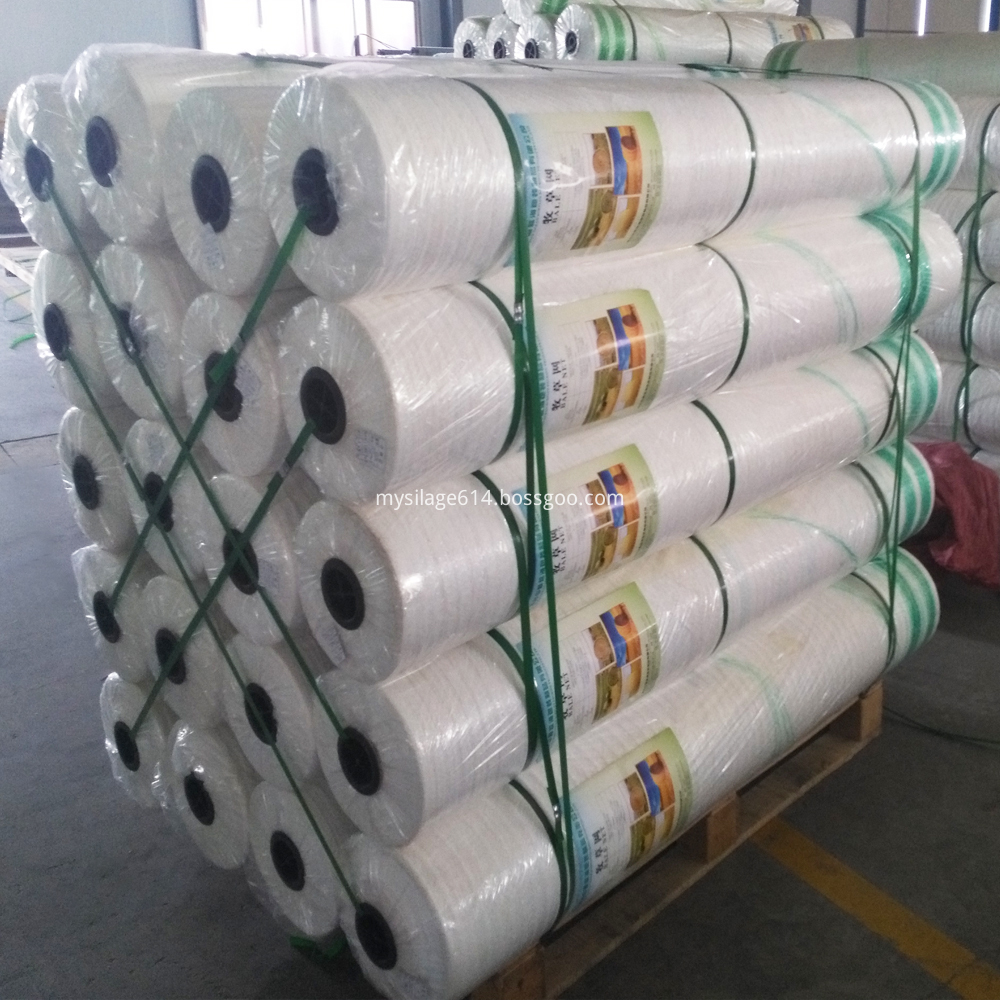Peanuts need a lot of nutrients throughout their lives. Generally, for every 100 kg of peanut pods produced, 4.8-6.3 kg of pure nitrogen, 0.9-1.3 kg of pure phosphorus and 2.5-3.5 kg of pure potassium are required. The absorption of nutrients was expressed as "two less, more in the middle", ie, the seedling stage, fruit-filling stage, and the maturity period were less, and the flowering needle stage and the scarring stage were more. Most of the nitrogen absorbed by peanuts (about 70%) comes from the nitrogen fixation of Rhizobia, but reasonable and appropriate nitrogen application can increase the nitrogen fixation efficiency of Rhizobium; combined application of phosphorus and potassium can promote the healthy growth and development of symbiotic nitrogen fixation of Rhizobia. . In addition, peanuts are more sensitive to trace elements such as calcium, boron, molybdenum, and iron. The effect of adding boron fertilizer to peanuts at the next pinning stage is particularly effective. Molybdenum and iron are the raw materials for the synthesis of ferromolybdenum in the rhizobia, and play a role in nitrogen fixation. An important role; calcium can promote the synthesis of protein and amide in peanut, can effectively reduce the empty rate and increase the fullness of mango fruit. According to the requirement of peanuts, the key technology for the high-yield fertilization of peanuts is the combination of organic and inorganic fertilizers, and a reasonable mix of nitrogen, phosphorus, potassium, and trace fertilizers, adequate base fertilizers, and appropriate fertilizers.
Base fertilizer should be enough. Basic fertilizer requirements account for more than 80% of the total fertilizer, and the type of fertilizer should be dominated by organic fertilizers, combined with nitrogen, phosphorus and other fertilizers. The average quality of manure and manure applied per acre is 2000 kg, 15-20 kg of diammonium phosphate or 40-60 kg of superphosphate, 5-6 kg of potassium chloride, 4-5 kg ​​of urea, and 0.5% of phosphate fertilizer is best. The proportion of % was mixed with organic fertilizers after being piled up. In addition, seed dressing with rhizobia (3 ml per kilogram of seeds) can increase the availability of rhizobial bacteria and increase nitrogen fixation; seed dressing or soaking with 0.2%-0.3% ammonium molybdate or 0.01%-0.1% boric acid solution can supplement peanuts. The required trace elements; calcium-deficient soil generally uses 50 kilograms of lime per acre. When used in combination with cultivated land, it is used as a base fertilizer, which can not only promote the development of root system, strengthen the metabolism of nitrogen, but also promote the formation of pods, reduce empty pods, and increase fruit filling. rate.
Top dressing is a coincidence. Clever fertilizer to do four things:
1. Light pursuit of Miao Fei. Peanuts require less seedlings at the seedling stage, but the basal fertilizers are insufficient or the basal fertilizers and summer seeded peanuts are not applied. Available nitrogen fertilizers should be applied as appropriate to promote seedling growth and flower bud differentiation. Generally, 3-5 kg ​​of urea is applied per mu.
2. Recovering flower needles. Need more fertilizer at the flowering stage. Applying fertilizer in time can promote more flowering, more needles, and more results. Generally, 5-6 kilograms of urea, 6-8 kilograms of diammonium phosphate, 5-6 kilograms of potassium sulfate, and 50 kilograms of plant ash are applied per acre.
3. Cleverly recovering fat. Peanut pods are the period with the most amount of fertilizers. Applying fertilizer in time can promote the accumulation of dry matter and the development of fruit acupuncture and nectarine to prevent premature aging. Generally, before the closure of the line, 6 to 8 kg of superphosphate or 4-5 kg ​​of diammonium phosphate should be applied.
Note: Where soil fertility is high and fertilizers are excessive during the flowering period, the growth is strong, premature closure, and field top dressings must be controlled to topdressing. Multi-effect spraying can be used to suppress vegetative growth and promote reproductive growth. Generally, 15% paclobutrazol per acre is used to spray 50 kilograms of water.
4. Make up for foliar fertilizer. Foliar fertilizer is an important supplementary measure for high-yield peanuts and should be applied as required.
1 peanut seedling and flowering stage with 0.1% -0.2% ammonium molybdate solution foliar spray.
(2) 0.2% borax solution was sprayed once at the seedling stage, initial flowering stage and flowering stage to promote flowering needles.
3 During the whole growth period of peanut, 0.2%-0.3% of KH2PO4 solution can be sprayed several times, especially the full fruit can be used to promote the healthy growth of the plants and the fullness of the grain.
4 During the late growth period of peanuts, the plants have been sealed and are not suitable for fertilization. However, for the phenomenon of defertilization, 1%-2% urea solution can be used for foliar spraying.
bale wrap netting have different sizes. usually width 1.23m,1.25m, 1.28m, 1.3m, 1.5m, etc.
Bale Wrap netting from MaoYang are made of 100% virgin material and environmental friendly.
Bale wrap netting are stacked on pallet for delivery and transport.

1.25m width*3600m bale wrap netting, 4' bale netting, 4' wrap netting
Zibo Maoyang Industry and Trading Co.,ltd , http://www.mysilage.com